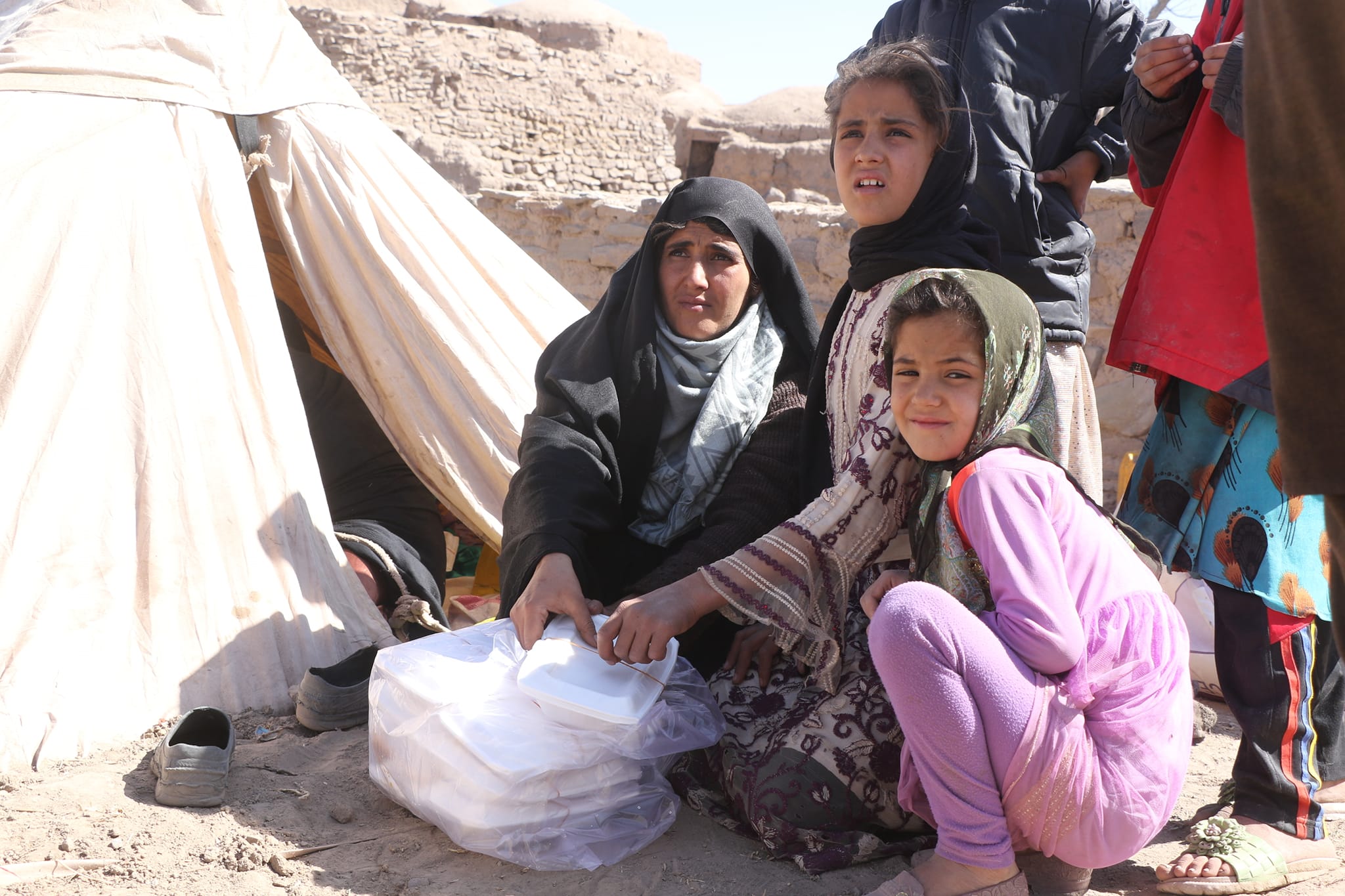Project
Afghan Institute of Learning
Objective
To provide women and children with education, health care, health education, teacher training, workshops in peace and leadership and legal aid, to create a healthier and better educated population with greater capacity to build a self-sustaining, self-reliant Afghanistan.
Downloads

Challenge
Afghan women, children and youth are eager to learn, develop their capacity and improve their lives. But Afghanistan is one of the poorest countries in the world and one of the worst places to be a female. It has low life expectancy, a high rate of maternal and infant mortality and high child malnutrition rates. The literacy rate of females in Afghanistan is one of the lowest in the world —17%. The country has suffered from decades of war and civil strife restricting education and economic development. Many girls are forced to marry young, and women and widows who never had the opportunity to go to school are unable to help support their families. Additionally, the traditional Afghan approach to education uses rote memorization and dictation, which doesn't foster problem solving and critical thinking skills.
Approach
CHANGING A WOMAN'S LIFE IMPROVES A COMMUNITY AND BUILDS A NATION.
The Afghan Institute of Learning (AIL) believes in a community based tailored, holistic approach that: raises the literacy rate, teaches job skills enabling women to contribute to their families and communities, ensures women and children are safe and know their rights, provides access to health care, education, legal aid and food aid and promotes Afghan culture and peace.
Everything we do is interconnected because people need good health to learn and work and quality education and job skills to create economic development. Afghanistan needs the half of its population that is female to contribute their talents and skills to helping communities thrive. We believe that by lifting the lives of Afghan's women and children, we lift the entire country. From its founding in 1995 in the Afghan refugee camps, AIL has grown to where it is today educating tens of thousands and providing health services to hundreds of thousands each year.
Currently, across 11 provinces, AIL runs 44 Learning Centers, 6 health clinics with 14 village- based Community Health Worker posts. It offers hundreds of workshops each year on reproductive health, peace, love and forgiveness, human rights, democracy, leadership, teacher training and conducts conferences on peace, forgiveness and good governance. AIL promotes Afghan culture with classes in traditional arts and crafts such as carpet weaving, miniature painting and glass work. AIL employs five female lawyers to assist women with free legal aid, provides food aid, has a research center. It also runs a number of other programs such as women’s empowerment groups, environmental education and youth clubs.
As one of the preeminent NGOs in Afghanistan, AIL and its founder, Dr. Sakena Yacoobi have received many awards and much praise both nationally and internationally. Most importantly, AIL has the trust of the Afghan people, who know it is an organization that is standing by them and helping them, as they seek to improve their lives, communities and nation.














